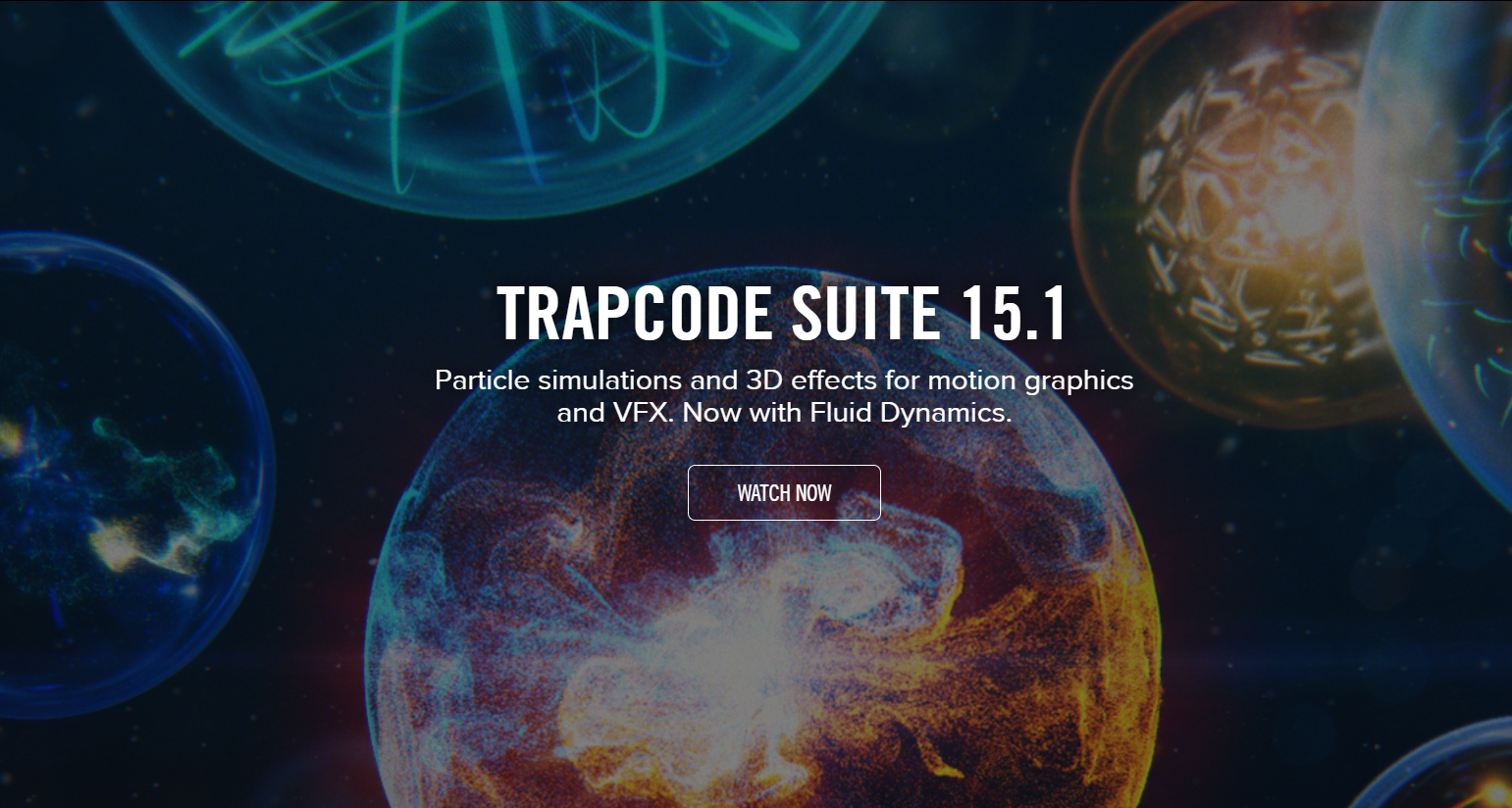

A bright cool giant star can easily be larger than a hotter supergiant. They are typically several hundred to over a thousand times the radius of the Sun, although size is not the primary factor in a star being designated as a supergiant. They have spectral types of K and M, hence surface temperatures below 4,100 K.

Properties Temperature scale for red supergiants Spectral The K-type stars, especially early or hotter K types, are sometimes described as orange supergiants (e.g. K-type supergiants are uncommon compared to M-type because they are a short-lived transition stage and somewhat unstable. Red supergiants are the coolest supergiants, M-type, and at least some K-type stars although there is no precise cutoff. The "red" part of "red supergiant" refers to the cool temperature. These hypergiant spectral classifications are very rarely applied to red supergiants, although the term red hypergiant is sometimes used for the most extended and unstable red supergiants like VY Canis Majoris and NML Cygni. More often the designation Ia-0 will be used, and more commonly still Ia +. Exceptionally bright, low surface gravity, stars with strong indications of mass loss may be designated by luminosity class 0 (zero) although this is rarely seen. Specific to supergiants, the luminosity class is further divided into normal supergiants of class Ib and brightest supergiants of class Ia.


It groups stars into five main luminosity groups designated by roman numerals: The Yerkes or Morgan-Keenan (MK) classification system is almost universal. Supergiants have the lowest surface gravities and hence are the largest and brightest at a particular temperature. The luminosity differences between stars are most apparent at low temperatures, where giant stars are much brighter than main-sequence stars. Larger stars are more luminous at a given temperature and can now be grouped into bands of differing luminosity. This system uses certain diagnostic spectral lines to estimate the surface gravity of a star, hence determining its size relative to its mass. Stars are classified as supergiants on the basis of their spectral luminosity class. Betelgeuse and Antares A are the brightest and best known red supergiants (RSGs), indeed the only first magnitude red supergiant stars. They are the largest stars in the universe in terms of volume, although they are not the most massive or luminous. Red supergiants ( RSGs) are stars with a supergiant luminosity class ( Yerkes class I) of spectral type K or M.


 0 kommentar(er)
0 kommentar(er)
